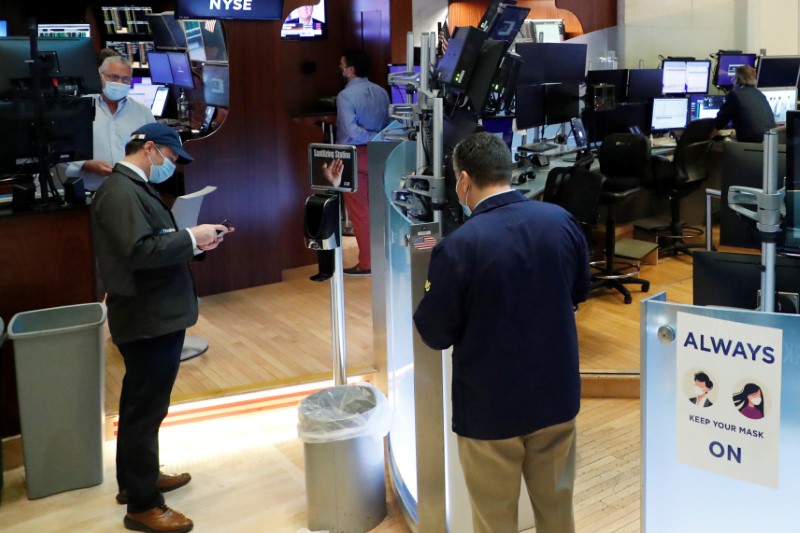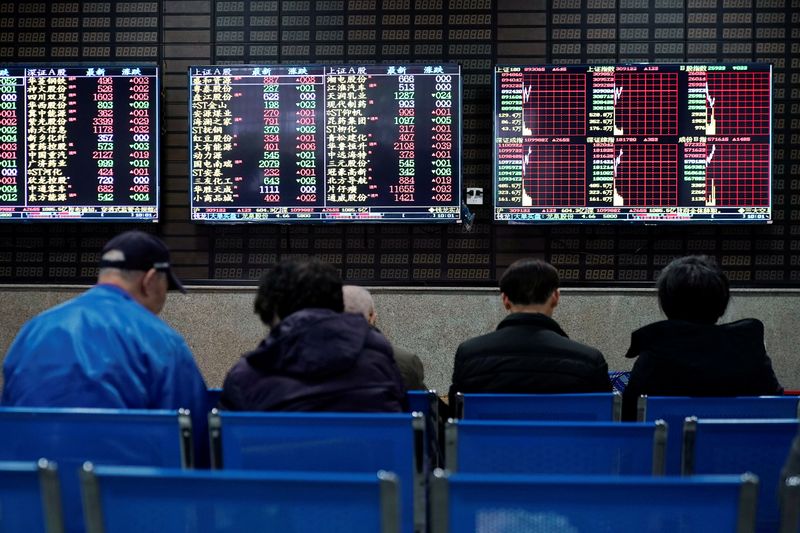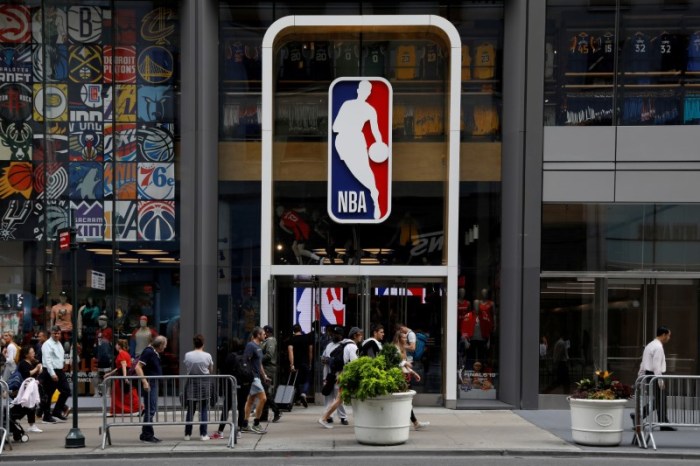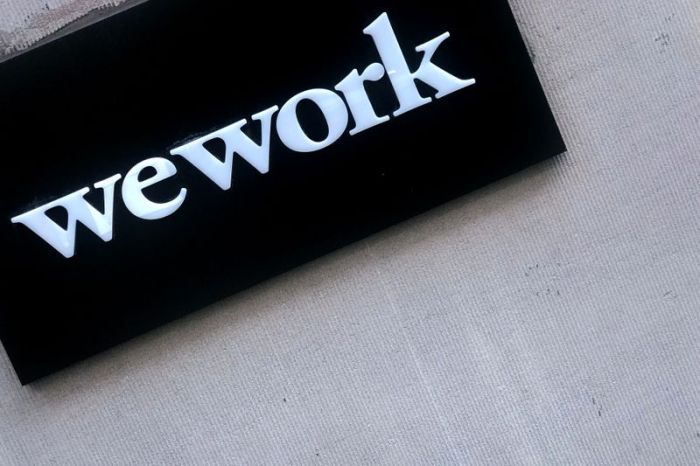NEW YORK (Reuters) – An unexpected jump in U.S. employment sent world equities and oil surging on hopes that the global economy has started to recover from the coronavirus pandemic, pulling investors out of perceived safe havens like government bonds and gold.
U.S. nonfarm payrolls rose by 2.509 million jobs last month after a record plunge of 20.687 million in April. Economists polled by Reuters had forecast the unemployment rate jumping to 19.8% in May and payrolls falling by 8 million jobs.
“The numbers are a huge surprise to the upside,” said Michael Arone, chief investment strategist at State Street Global Advisors. “It has confirmed what many folks were suggesting: that the effects on the labor market from the pandemic were temporary and that when the economy reopened and the infection rates started to diminish, that these jobs would come back.”
MSCI’s gauge of stocks across the globe <.MIWD00000PUS> gained 2.04%. The index is now down 4.5% for the year to date and trading at its highest level since early March, before the U.S. economy went into lockdown in an effort to slow the spread of the novel coronavirus.
On Wall Street, the Dow Jones Industrial Average <.DJI> rose 829.16 points, or 3.15%, to 27,110.98, the S&P 500 <.SPX> gained 81.58 points, or 2.62%, to 3,193.93 and the Nasdaq Composite <.IXIC> added 198.27 points, or 2.06%, to 9,814.08.
The broad S&P 500 is now down about 1% for the year to date.
Equity gains were widespread before the surprise jobs report. MSCI’s broadest index of Asia-Pacific shares outside of Japan <.MIAPJ0000PUS> rose 0.9%, reversing early losses to stay near a 12-week high.
The index is up about 7.6% this week, on track for its best weekly showing since December 2011.
Emerging market stocks <.MSCIEF> were up 0.7% and also on course for their best week since December 2011.
Hopes for a swift economic recovery sank U.S. government bonds, which had reached historic highs on fears that the pandemic would erode consumer demand. Benchmark 10-year notes <US10YT=RR> last fell 20/32 in price to yield 0.8851%, from 0.82% late on Thursday.
“The sell-off in the bond market in the last few weeks seems to be justified,” said Subadra Rajappa, head of U.S. rates strategy at Societe Generale. “This is a tremendously positive step in the right direction, and probably points to a faster recovery, at least in the jobs market, than people had expected.”
Bond investors will get further insight into the likely direction of the economy when the U.S. Federal Reserve holds its regular two-day policy meeting next week.
Europe has now clawed back two-thirds of the losses incurred amid the coronavirus pandemic and Bank of America analysts said on Friday they expect European stocks to rise another 10% by the end of September on expectations of a pickup in business activity.
Set for a third straight week of gains, the euro rose to $1.1380 <EUR=>, its highest level since March 10 and was on course for a weekly jump of 2.5%.
The dollar index <=USD> made a tepid recovery, rising 0.08% to 96.84, but remained on track for its third consecutive week of losses and close to its lowest in nearly three months.
Hopes for an economic recovery sent oil prices surging. U.S. crude <CLc1> recently rose 4.97% to $39.27 per barrel and Brent <LCOc1> was at $42.14, up 5.38% on the day.
(Reporting by David Randall; Editing by Nick Zieminski, Richard Chang and Will Dunham)


























